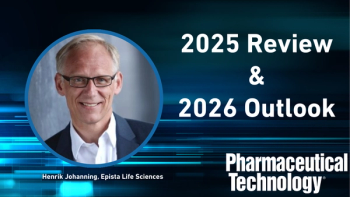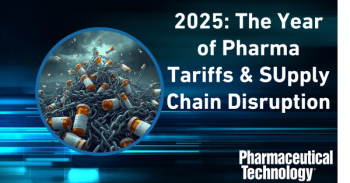
Dow Pharma Launches Polymer for Coating Barrier Membranes
Dow introduces solvent-free productivity technology for coating barrier membranes.
Dow Pharma and Food Solutions has introduced ETHOCEL HP, an ethylcellulose polymer for multi-particulate and taste masking applications. The technology, which was designed specifically for rotor coater systems, can be used to dry coat barrier membranes in shorter coating times, at higher efficiencies and without the need for solvents, the company reports. The product was introduced to the North American market at the 2015 annual meeting of the American Association of Pharmaceutical Scientists in Orlando, FL.
Trials conducted by Dow demonstrated that ETHOCEL HP offers a step improvement in barrier membrane coating efficiency, with 98-99% greater coating efficiency when compared to solvent or aqueous ethylcellulose systems. Improved coating efficiency could provide pharmaceutical companies with opportunities for raw material cost savings and an easier clean-up step, Dow reports.
ETHOCEL HP will be available for sampling in 2016.
Dow also announced the commercial availability of AFFINISOL HPMC HME, a cellulosic polymer for drug solubilization.
Source:
Newsletter
Get the essential updates shaping the future of pharma manufacturing and compliance—subscribe today to Pharmaceutical Technology and never miss a breakthrough.




